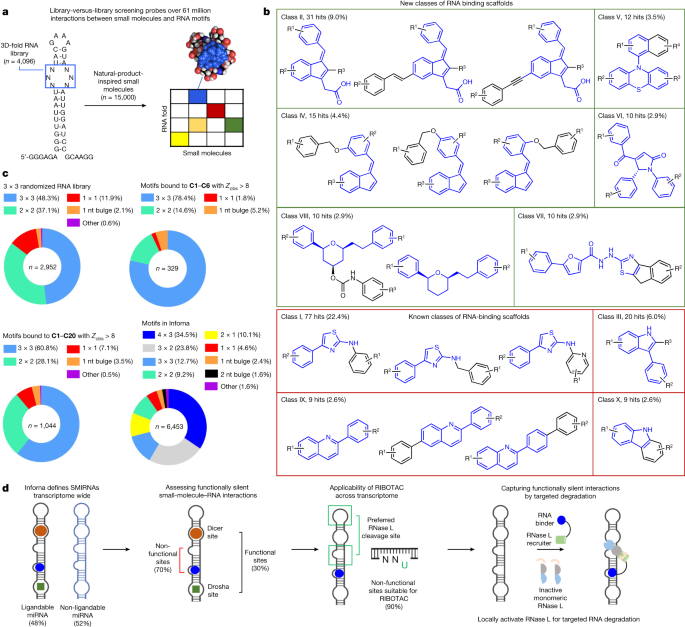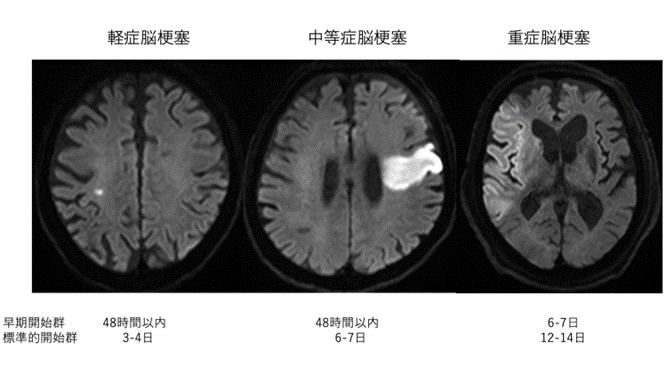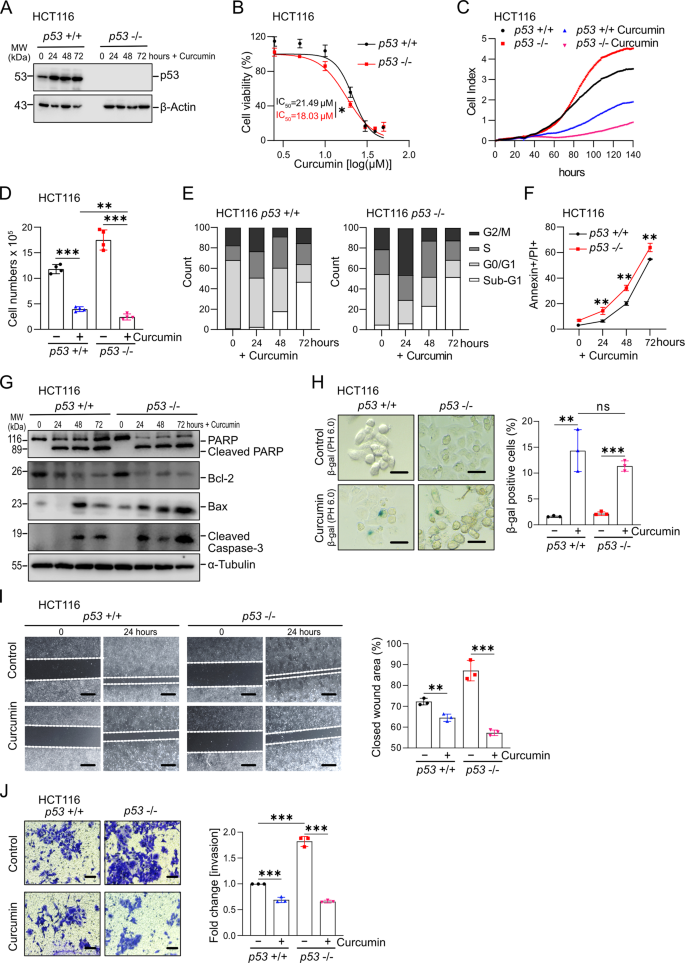2023-05-24 マックス・プランク研究所
◆さらに、RNAと結合することで病原性のあるRNAセグメントを編集する方法も開発され、がん細胞の死や腫瘍の縮小が実証されました。これにより、がん治療や他の疾患治療への新たなアプローチが可能となりました。
<関連情報>
- https://www.mpg.de/20369386/0525-moph-chemists-climb-a-new-path-to-ascend-cancer-s-steepest-research-challenges-151445-x
- https://www.nature.com/articles/s41586-023-06091-8
不活性なRNA結合性低分子を生物活性の高い分解剤にプログラミングする Programming inactive RNA-binding small molecules into bioactive degraders
Yuquan Tong,Yeongju Lee,Xiaohui Liu,Jessica L. Childs-Disney,Blessy M. Suresh,Raphael I. Benhamou,Chunying Yang,Weimin Li,Matthew G. Costales,Hafeez S. Haniff,Sonja Sievers,Daniel Abegg,Tristan Wegner,Tiffany O. Paulisch,Elizabeth Lekah,Maison Grefe,Gogce Crynen,Montina Van Meter,Tenghui Wang,Quentin M. R. Gibaut,John L. Cleveland,Alexander Adibekian,Frank Glorius,Herbert Waldmann & Matthew D. Disney
Nature Published:24 May 2023
DOI:https://doi.org/10.1038/s41586-023-06091-8

Abstract
Target occupancy is often insufficient to elicit biological activity, particularly for RNA, compounded by the longstanding challenges surrounding the molecular recognition of RNA structures by small molecules. Here we studied molecular recognition patterns between a natural-product-inspired small-molecule collection and three-dimensionally folded RNA structures. Mapping these interaction landscapes across the human transcriptome defined structure–activity relationships. Although RNA-binding compounds that bind to functional sites were expected to elicit a biological response, most identified interactions were predicted to be biologically inert as they bind elsewhere. We reasoned that, for such cases, an alternative strategy to modulate RNA biology is to cleave the target through a ribonuclease-targeting chimera, where an RNA-binding molecule is appended to a heterocycle that binds to and locally activates RNase L1. Overlay of the substrate specificity for RNase L with the binding landscape of small molecules revealed many favourable candidate binders that might be bioactive when converted into degraders. We provide a proof of concept, designing selective degraders for the precursor to the disease-associated microRNA-155 (pre-miR-155), JUN mRNA and MYC mRNA. Thus, small-molecule RNA-targeted degradation can be leveraged to convert strong, yet inactive, binding interactions into potent and specific modulators of RNA function.


